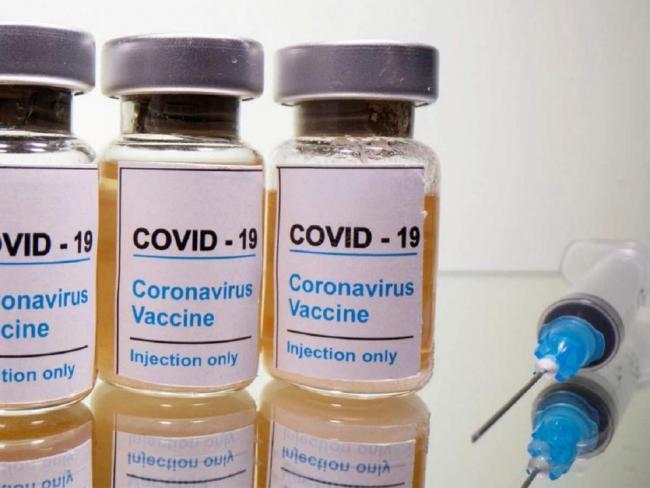How Vaccine Jab Can Reduce COVID Transmission in Households

A single dose of the COVID-19 vaccine can cut COVID-19 transmission in the home by half, according to a new study.
Researchers have discovered that protection began about 14 days after vaccination and remained consistent despite the varying ages of cases or contacts.
People who contracted COVID-19 three weeks after receiving one dose of either the Pfizer-BioNTech or AstraZeneca vaccines were 38% to 49% less likely to infect others in their household, according to the report.
According to a study released on Wednesday (April 28th) by Public Health England, a single dose of the COVID-19 vaccine can reduce household transmission by up to half, indicating the vaccine's efficacy in preventing spread.
According to The Hill, people who received COVID-19 three weeks after getting one dose of either the Pfizer-BioNTech or AstraZeneca vaccines were between 38% and 49% less likely to infect anyone in their household than those who didn't get any vaccine dose.
More than 57,000 contacts from 24,000 households in which an individual who had received a vaccine dose tested positive for the virus were compared to nearly 1 million contacts of cases among unvaccinated people by Public Health England.
"We have shown that both the vaccines are associated with reduced likelihood of household transmission by 40-50 per cent from individuals diagnosed with COVID-19 after vaccination, highlighting important wider benefits to close contacts," the conclusion of the research read.
"These results could also have implications for transmissibility in other settings with similar transmission risks. These would need to be considered in future pandemic modelling to fully capture the impact of the vaccination programme and to inform public health strategies and public communication going forward," it added.
Cases among household, contacts were classified as secondary cases if they obtained a positive COVID-19 test two to 14 days after the initial case, according to The Hill.
The researchers discovered that safety began about 14 days after vaccination and remained constant regardless of the age of the cases or touch. The calculated safety comes on top of a 60 percent to 65 percent lower risk of symptomatic COVID-19 four weeks after a single dose for the vaccinated individual.
The findings are likely to be identical in other high-risk transmission locations besides homes, such as communal accommodations and jails, according to the researchers.
British Health Secretary Matt Hancock called the study "terrific news," saying, "We already know vaccines save lives and this study is the most comprehensive real-world data showing they also cut transmission of this deadly virus."
"It further reinforces that vaccines are the best way out of this pandemic as they protect you and they may prevent you from unknowingly infecting someone in your household," he added in a statement, as quoted by The Hill.
But Mary Ramsay, head of immunization at Public Health England, still encouraged caution, saying "even if you have been vaccinated, it is really important that you continue to act like you have the virus, practice good hand hygiene and follow social distancing guidance."
Since vaccinations are not 100 percent safe, vaccine recipients will still test positive for COVID-19 after being fully vaccinated. The vaccines, on the other hand, have been shown to reduce the risk of serious illness and death from COVID-19.
According to a report released on Wednesday by the US Centers for Disease Control and Prevention (CDC), the Pfizer, and Moderna vaccines were 94% successful in preventing COVID-19 hospitalization among people aged 65 and older.
![]() The research adds real-world data from 417 uninsured adults in 14 states from January to March, building on the findings of clinical trials.
The research adds real-world data from 417 uninsured adults in 14 states from January to March, building on the findings of clinical trials.
"This multisite U.S. evaluation under real-world conditions suggests that vaccination provided protection against COVID-19-associated hospitalization among adults aged [65 and older]," the study states.
COVID-19 deaths in the United States have decreased dramatically as more people are vaccinated, from over 3,000 per day in January to about 650 per day now, according to CDC statistics.








